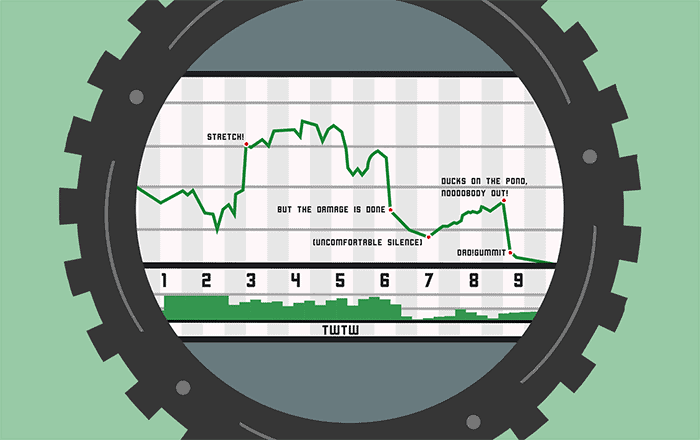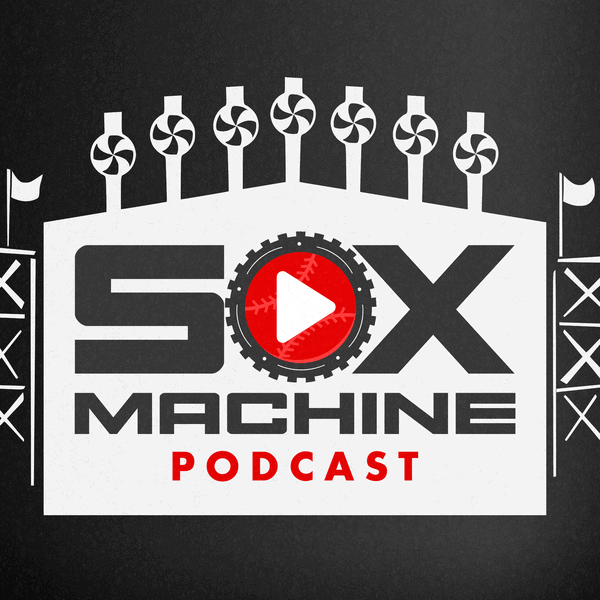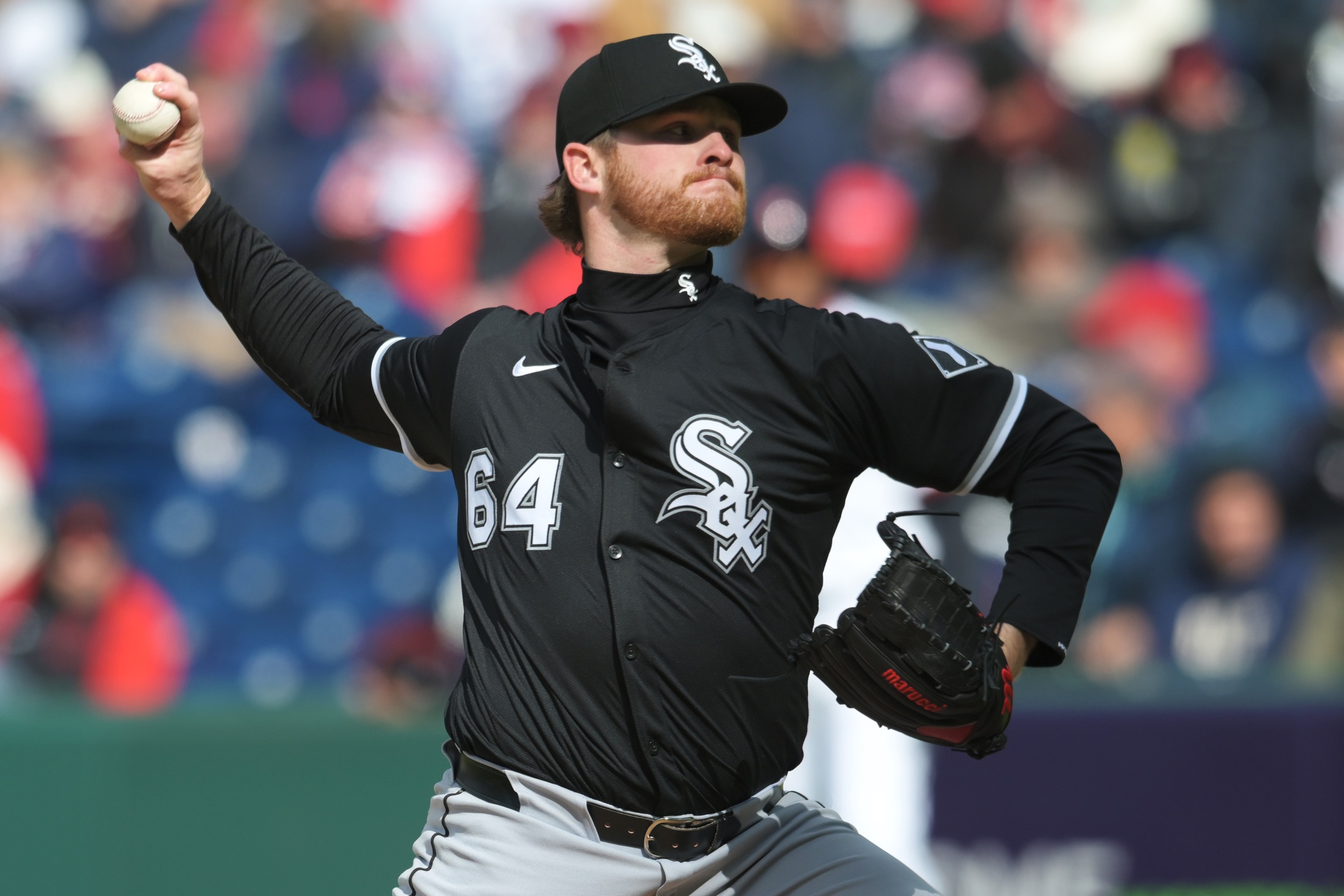When the Dodgers and Reds struck their seven-player megadeal on Friday, Los Angeles commanded immediate attention for the addition made possible by subtraction. Clearing away two outfielders and worming under the luxury tax made a lot of people see a Brycesignal coming from the other coast.
It remains to be seen whether the Dodgers' half of the deal is destructive to White Sox dreams of Bryce Harper, but the Reds' side -- Yasiel Puig, Alex Wood, Matt Kemp and Kyle Farmer -- could be equally instructive for the White Sox. They're pursuing a path that is available to Rick Hahn, or was.
In other words better capturing the spirit of the Black Sox Centennial, Cincinnati could surprise.
After five consecutive losing seasons and three with no real traction in either direction, the Reds still don't have enough in-house talent to compete with the Cubs, Cardinals, Pirates and Brewers, especially on the pitching side. They have a terrific infield that allowed them to pull off the occasional hot streak, but the 67-95 record still told the story.
Nevertheless, Cincinatti's President of Baseball Operations Dick Williams saw a time for action:
“We feel like we’re entering that window of competitiveness,” Williams said. “We have Joey (Votto) for a limited amount of time. We now have guys like (Eugenio) Suárez signed. We’ve got building blocks around the diamond. We don’t know how far it’ll take us, but this is a year where we’re going to try to get better with the resources we have."
Joel Sherman of the New York Post presented the skeptic's side of the case:
But there's also some dissonance here, because Sherman is advocating for a strategy he hates: losing more games on purpose. From March, for instance:
Indeed, the Reds might be confusing because they're trying to make themselves more competitive and compelling, even if it doesn't result in a postseason. They only had one pitcher qualify for the ERA title, so here come Wood and Tanner Roark. They struggled to find production from their outfielders, but Puig should help, and Kemp has kicked out of pins before, although his 2018 looks like a return-to-LA dead-cat bounce.
They're also doing it in a way that doesn't kill their long-term interests. The top five of the Reds' farm system is still intact, which gives them flexibility to explore trades for more win-now types if the pursuit of free agents like Dallas Keuchel doesn't pan out. Or maybe they stall adding others and settle for an older but more credible team for the first half, and a younger, prospect-graduating club after midsummer deals.
The early returns are only intangible, unless you count headlines as something you can touch:
- With one big trade, the Reds make themselves an interesting team again
- Reds' aggressiveness, Yasiel Puig are exciting departures from the usual
- Blockbuster trade has turned skepticism to anticipation for fans
- Alex Wood says Cincinnati Reds could 'surprise some people' next season
- Dodgers clear payroll as Reds move closer to contender status
There's a fair chance that neither Puig, Wood nor anybody else contribute enough to Cincinnati's cause to make a lick of difference in the long run. White Sox fans know firsthand that Winning The Winter can only result in a three-win improvement over the summer. Still, for a team that has lost 90 games in four consecutive seasons and could struggle to attract name-brand talent in a more obscure market until it looks like a fun place to play, this strategy hits us where we live.
It'd be ironic if the White Sox' sanitized-for-your-protection payroll actually limited their possibilities. A lot of the big deals this winter involved shuffling salaries to balance the numbers and risk. Seattle unburdened themselves of the last five years of Robinson Cano's contract by accepting Jay Bruce and Anthony Swarzak. Philadelphia offloaded a redundant Carlos Santana to Seattle to get Jean Segura, and the Mariners turned Santana over to Cleveland for Edwin Encarnacion.
Now this winter sees the Reds somehow landing Puig in a deal that moved the last $28 million owed to Homer Bailey after a year where he went 1-14 with an ERA to match. The White Sox don't have a comparable eight-figure salary on their books anymore, which makes it harder for them to execute such a move without it looking like a straight-up player sale. The commissioner's office doesn't take kindly to those.
That's a discouraging thought, although it does come with some silver lining. When the Cano and Bailey contracts can still get moved, one shouldn't worry too much about getting trapped under a Machado or Harper contract until its bloody end. As long as big-market teams act as though Major League Baseball has a salary cap -- which means it pretty much does -- there will always be the possibility of early escapes when they make the numbers work.






